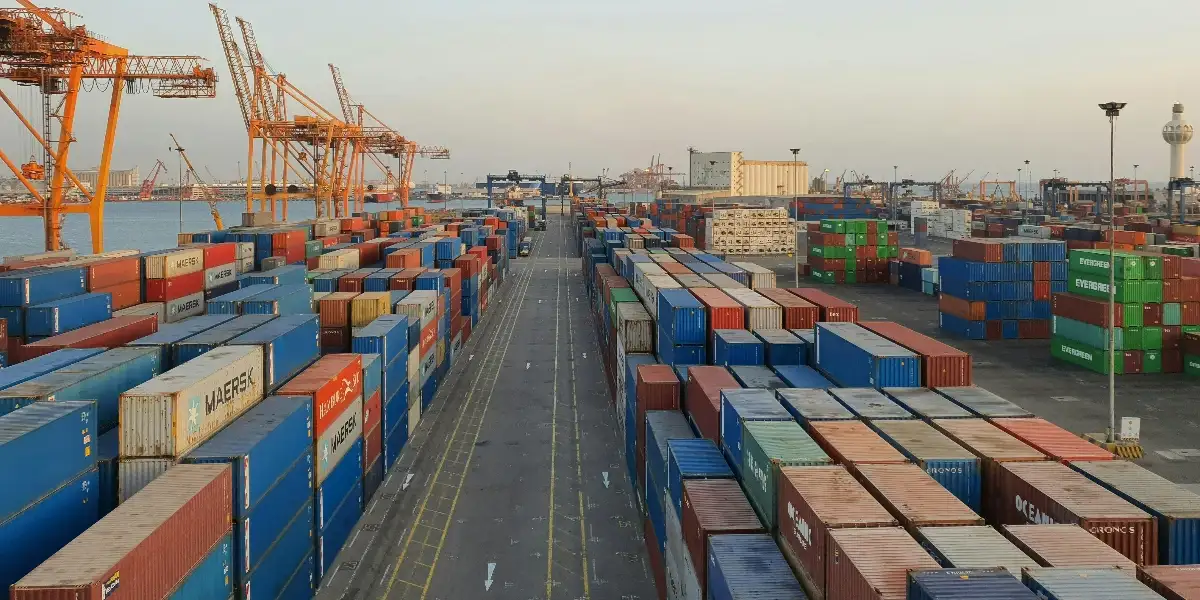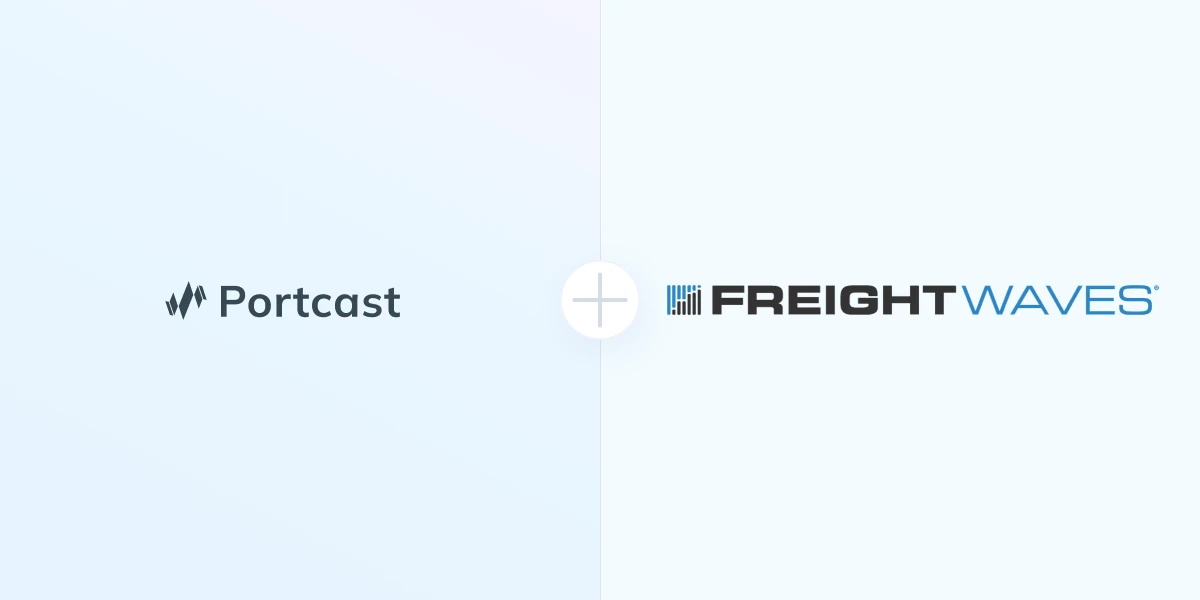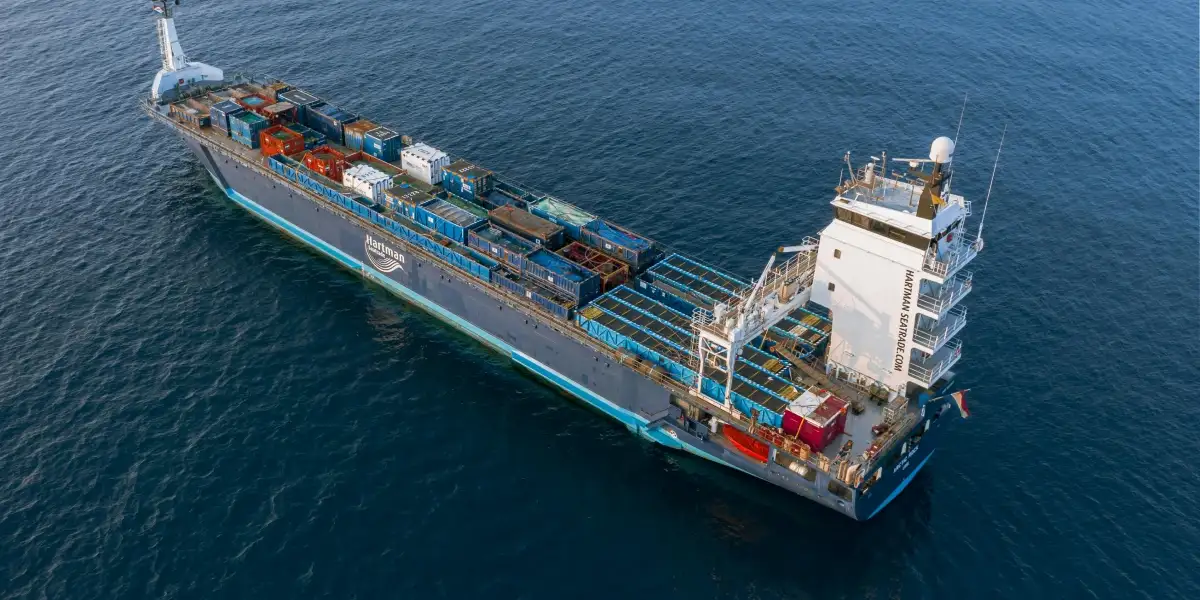The landscape of business operations has undergone a significant transformation due to the pervasive influence of data. Different aspects of business have seamlessly integrated data into their day-to-day functioning to enhance efficiency and effectiveness. While it's undeniable that supply chains could have been more active in their digitisation efforts compared to other operational areas, recent years of frequent disruptions have underscored the vulnerability of supply chains. These disruptions served as a wake-up call for organisations, revealing that they were operating in the dark during times of crisis, leading to detrimental impacts on their financial performance.
Given the circumstances, business leaders are now embracing supply chain technologies to optimise the flow of goods and minimise disruptions. Among the array of supply chain management technologies, real-time supply chain visibility stands out as the foremost solution to adopt in this endeavour.
What Is Real-Time Supply Chain Visibility?
Supply chain visibility refers to tracking and monitoring the movement of goods/materials as they move through the various stages of the supply chain. The comprehensive visibility offered by supply chain visibility solutions ensures transparency and accessibility of tracking information for a product's journey from the moment it departs the shipper's warehouse to its final destination with the end consignee.
How Real-Time Supply Chain Visibility Solutions Are Transforming Businesses
Real-time transportation visibility capabilities have revolutionised the way businesses carry out logistical operations by ensuring that the same tracking information is available at any point to everyone involved in the network, including the end customers.
Organisations that use this cutting-edge technology are experiencing immense benefits through improved visibility and transforming their supply chain operations for good. Let's take a look at how supply chain visibility solutions are helping businesses.
1. Proactive Disruption Management With Strategic Vigilance

In an era where supply chains have grown increasingly intricate, disruptions have surged in frequency. These disruptions can manifest in various forms, ranging from natural disasters such as earthquakes, droughts, floods, wildfires, and hurricanes to geopolitical tensions like the Russia-Ukraine conflict, energy crises, labour disputes, or unexpected outbreaks of pandemics. In the past, organisations faced severe repercussions when confronted with these disruptions, resorting to reactive measures to address the challenges they posed.
Beyond natural and political disruptions, there is a separate issue stemming from administrative errors that plagued supply chains in the past, primarily attributed to the limitations of human planning and execution. This process was time-consuming and heavily reliant on human efficiency, resulting in missed deadlines, unwarranted expenses, and, most notably, disgruntled customers due to delayed deliveries. An illustrative example is the occurrence of a container rollover at a transhipment port, a situation often unnoticed until a customer enquires about the shipment's status.
However, the landscape has undergone a remarkable shift. Today, supply chain visibility solutions provide continuous monitoring of goods in transit, offering proactive insights into potential bottlenecks or disruptions that could impede shipments. With this information, organisations are better equipped to mitigate risks and uphold their delivery schedules preemptively.
2. Minimising Overhead Expenses
From container rollovers to incurring substantial Detention and Demurrage charges (D&D), inadequate visibility continued to inflate transportation overheads for most companies in the past. To address the challenge of potential stockouts during significant delays, expedited air shipping is employed, resulting in considerably higher expenses that further inflate overall costs. However, integrating real-time data and advanced analytics has revolutionised how organisations approach these challenges, enabling them to identify recurring patterns and potential supply chain hurdles that could lead to additional costs.
Companies have successfully eradicated extraneous expenses that erode their profit margins through measures such as minimising surcharges like Detention and Demurrage, optimising shipment frequencies through consolidation, refining truck planning, and enhancing coordination with warehouses.
Today, organisations possess a comprehensive view of where costs peak within their supply chain, allowing them to formulate plans to minimise expenditures in these identified areas strategically. Whether confronted with the unpredictability of natural disasters or sudden surges in demand, companies can now swiftly adapt by rerouting shipments, efficiently allocating resources, and flexibly adjusting production schedules.
3. Elevating Customer Loyalty
In an increasingly crowded marketplace, the risk of customer churn looms large, and missed deliveries or delayed shipments can be significant contributors to this churn. As consumer options continue to expand, offering a top-quality product alone is no longer sufficient. Customers now seek differentiators that genuinely set a business apart from the myriad alternatives available.
In today's landscape, consumers demand unparalleled transparency, particularly regarding the status of their shipments throughout the journey. Supply chain visibility solutions have effectively met this demand by providing real-time visibility directly to end customers. These dedicated visibility platforms achieve a seamless flow of easily comprehensible data insights, leaving minimal room for error. This interconnected system bridges the gaps between various silos, ensuring a singular source of truth regarding transportation visibility. Consequently, this heightened connectivity and collaboration within the network simplify the process of monitoring and addressing any potential issues that could impact the delivery of goods.
In recent years, supply chain visibility solutions have proven to play a more significant role in organisations; it is not merely for an internal benefit but also dramatically impacts customer experience and retention.
4. Strategic Decisions Driven by Reliable Data
Without visibility, businesses grappled with the challenge of deciphering data scattered across disparate systems. Real-time information for immediate decision-making was a scarce commodity. However, the contemporary business landscape presents a starkly different picture, as companies now meticulously plan their shipments and evaluate performance using real-time data and analytics.
Effective forward planning hinges on data analytics, a capability that supply chain visibility has unlocked for businesses. Leveraging the power of artificial intelligence and machine learning, companies have achieved predictive visibility, enabling them to make informed decisions such as:

- Strategic Carrier Selection: Companies can now select carriers based on their historical performance along specific trade routes, moving beyond price points to prioritise reliability and efficiency.
- Navigating Port Congestions: With access to real-time data, businesses can proactively manage port congestion situations by diverting shipments to alternative ports, minimising disruptions.
- Risk Mitigation: Identifying and avoiding risky trade routes is made possible through predictive visibility, as companies opt for safer alternatives, thereby reducing potential disruptions and delays.
- Enhancing Transportation Performance: By setting and monitoring key performance indicators (KPIs) in real-time, organisations can optimise their transportation operations, driving efficiency and effectiveness.
5. Empowering Sustainability Practices Through Emission Control
With a clear understanding of transportation routes and the associated carbon emissions, identifying areas needing sustainable alternatives has become more accessible. Thanks to supply chain visibility, companies and shippers can now compute their CO2 emissions effortlessly.
A report by Ernst & Young underscores the significant impact of supply chain emissions, revealing that a company's supply chain contributes four times more greenhouse gas emissions than its direct operations. Furthermore, the imposition of carbon emission taxes in certain regions foreshadows a potential global trend. For businesses striving to curtail their environmental impact and establish a sustainable business model, supply chain visibility offers a substantial advantage in achieving these objectives. This commitment not only aligns with responsible business practices but also resonates with environmentally-conscious consumers.
Notably, emissions reduction contributes to a decrease in carbon footprints and delivers positive financial benefits by improving the business's bottom line.
Our top 10 selections illustrate how supply chain visibility solutions streamline daily logistics operations for the team:
- Enhanced trucking resource allocation.
- Improved accuracy in demand forecasting.
- Cost reduction through effective Demurrage and Detention management.
- Informed carrier selection based on data-driven insights.
- Seamless onboarding of new customers into the network.
- Enhanced lead time and delivery schedules by proactively managing disruptions.
- Efficient inventory management.
- Elimination of errors associated with manual spreadsheet tracking, reducing administrative workload.
- Integration of previously siloed systems, bridging communication gaps.
- Strengthened customer relationships with reduced need for intervention in addressing their inquiries.







